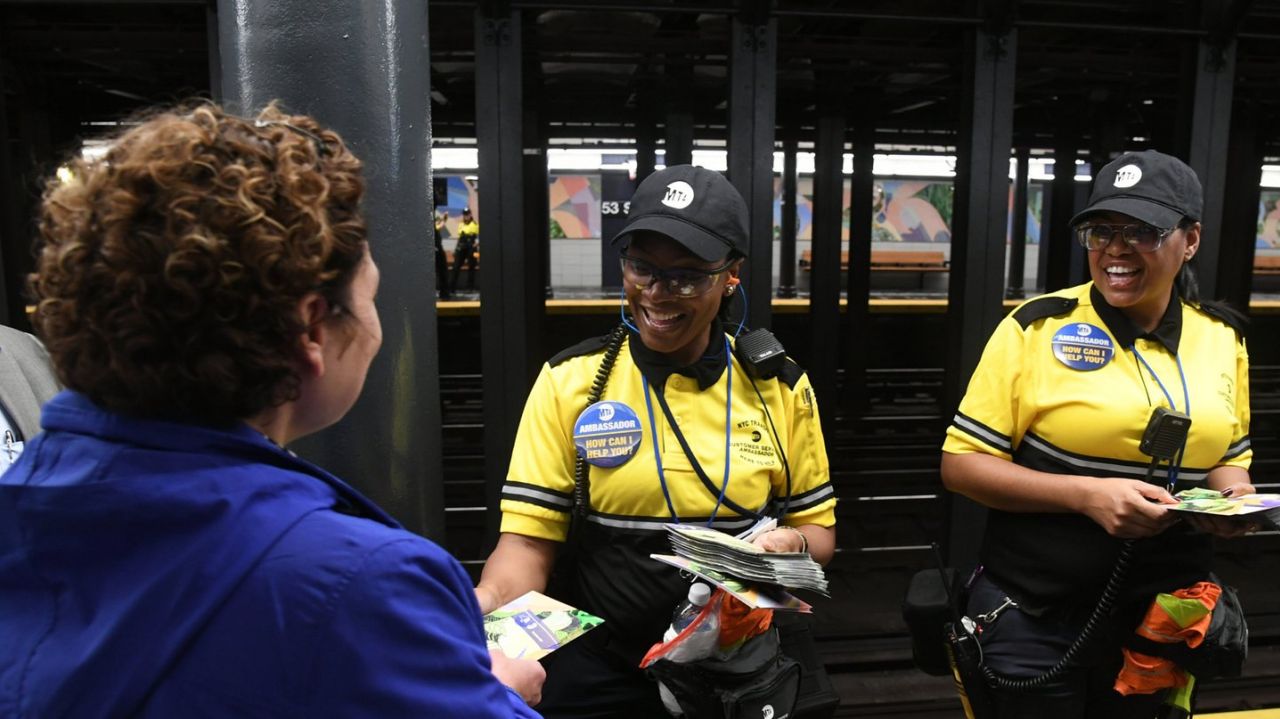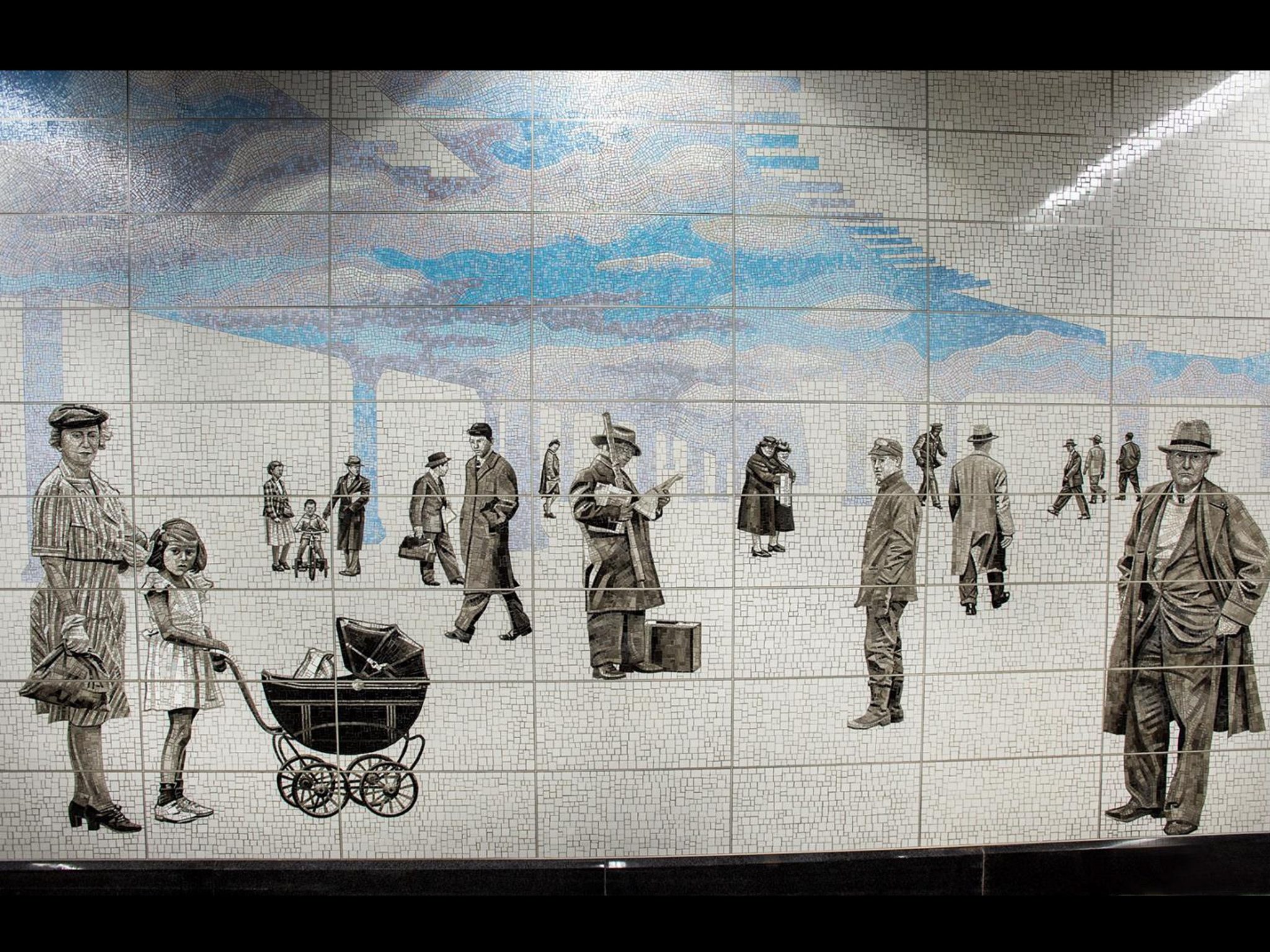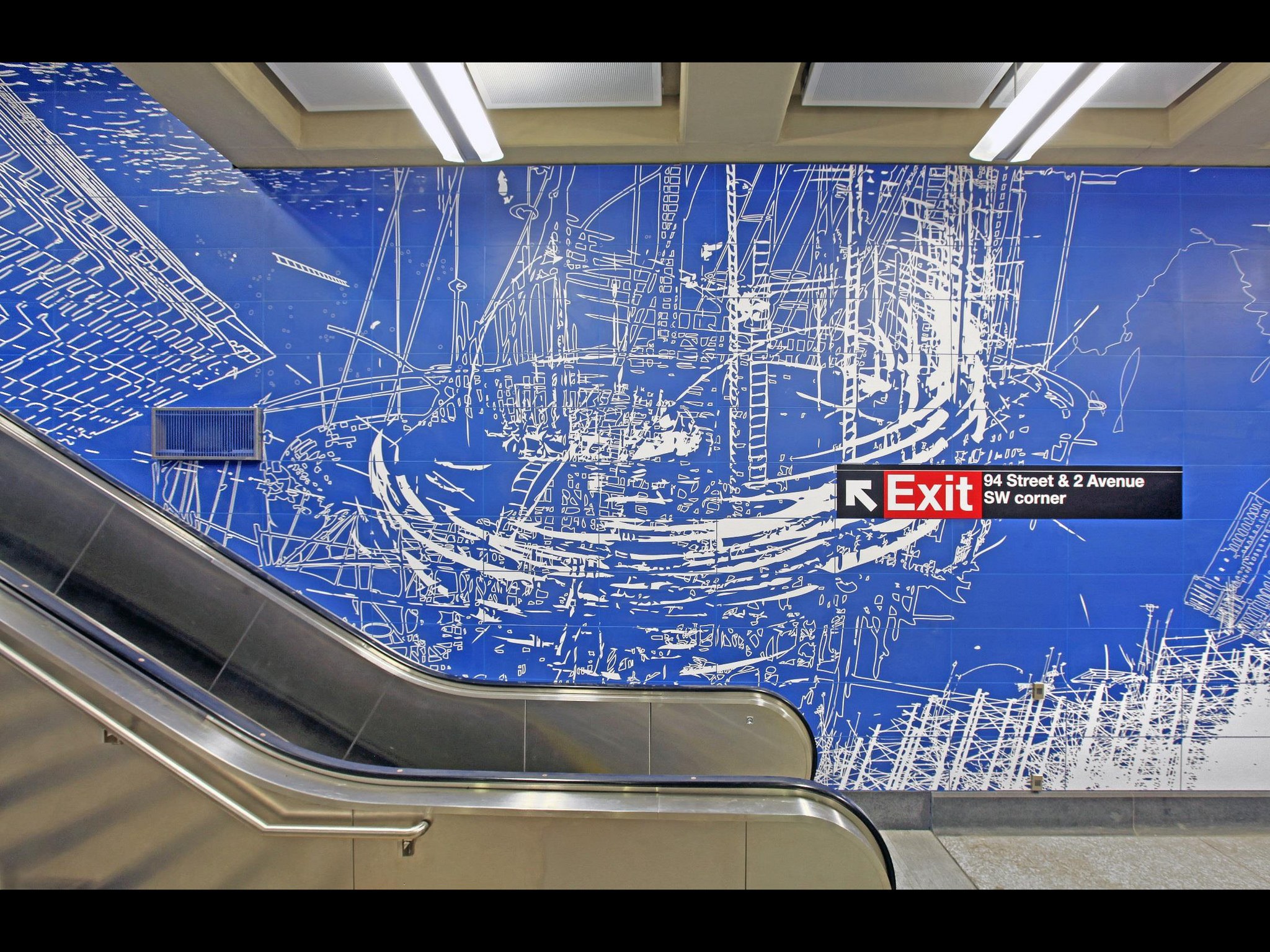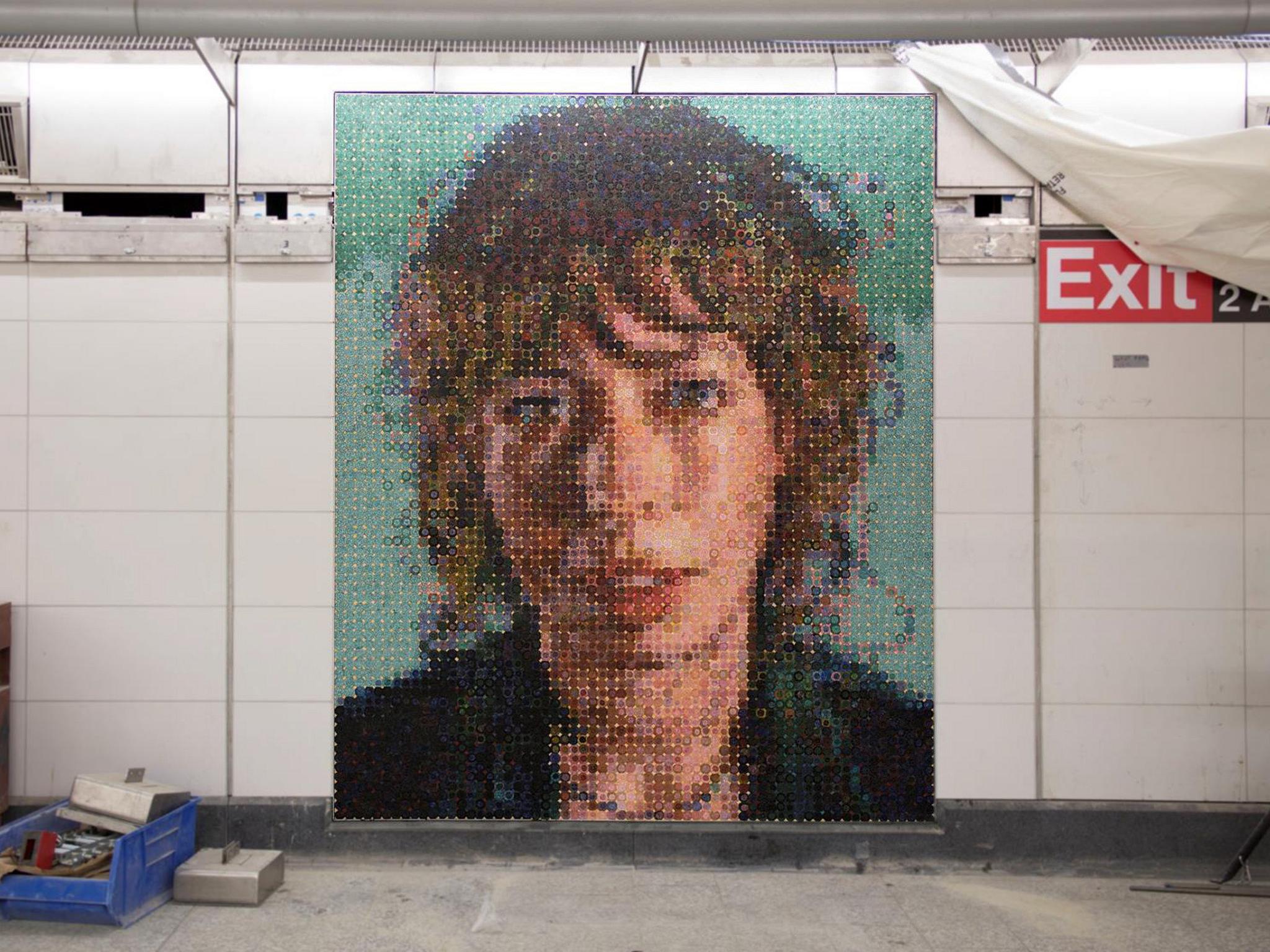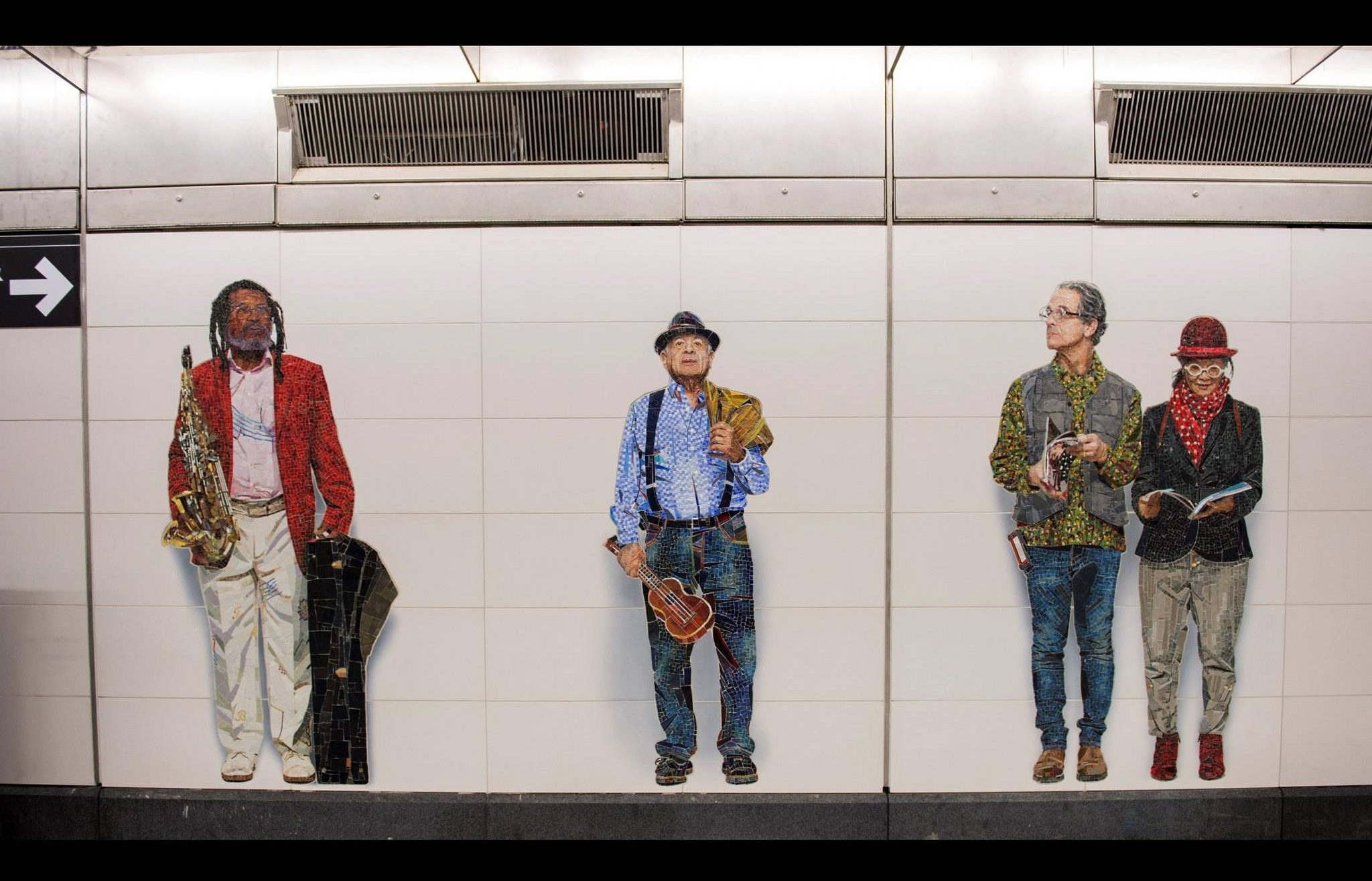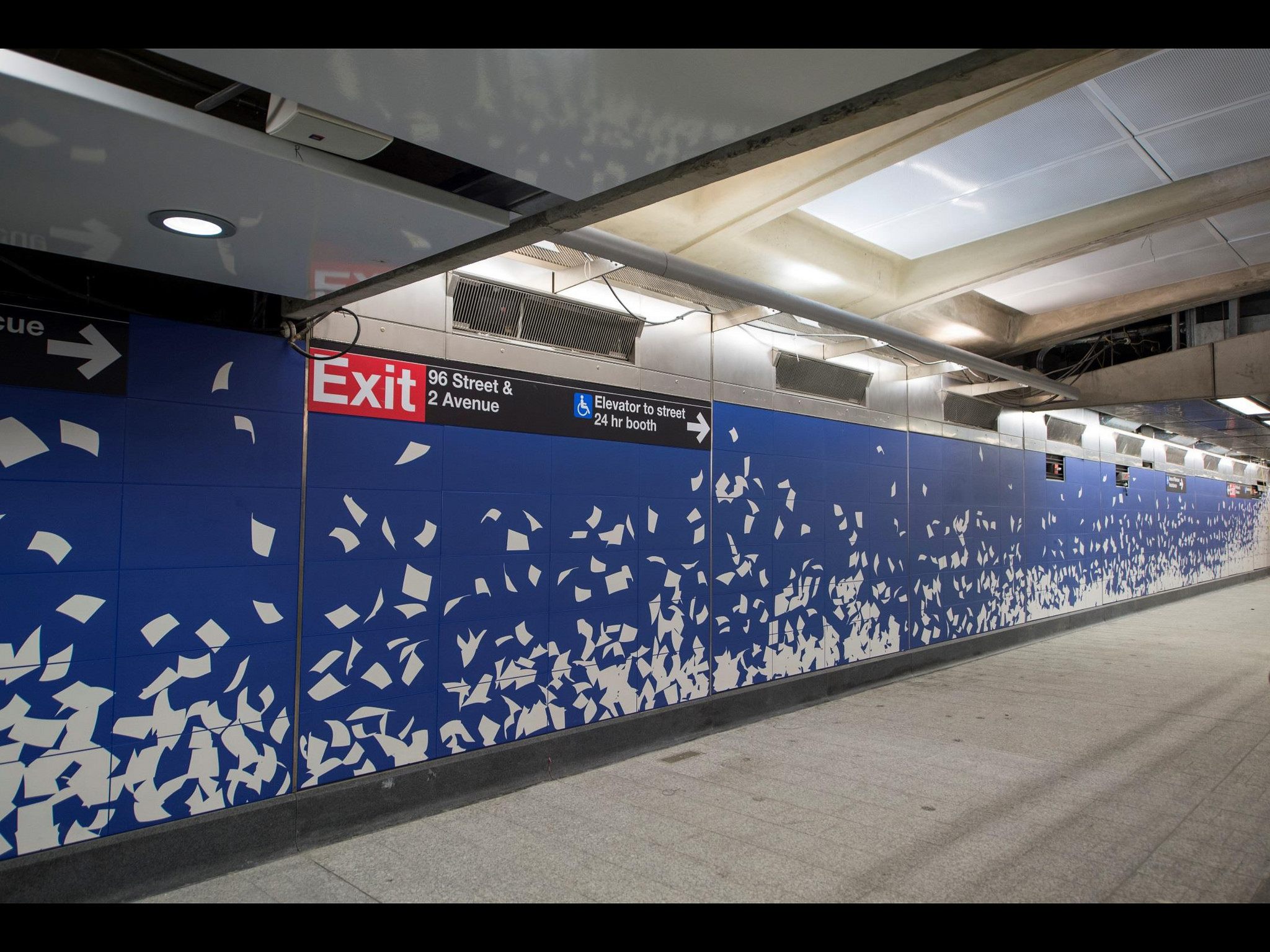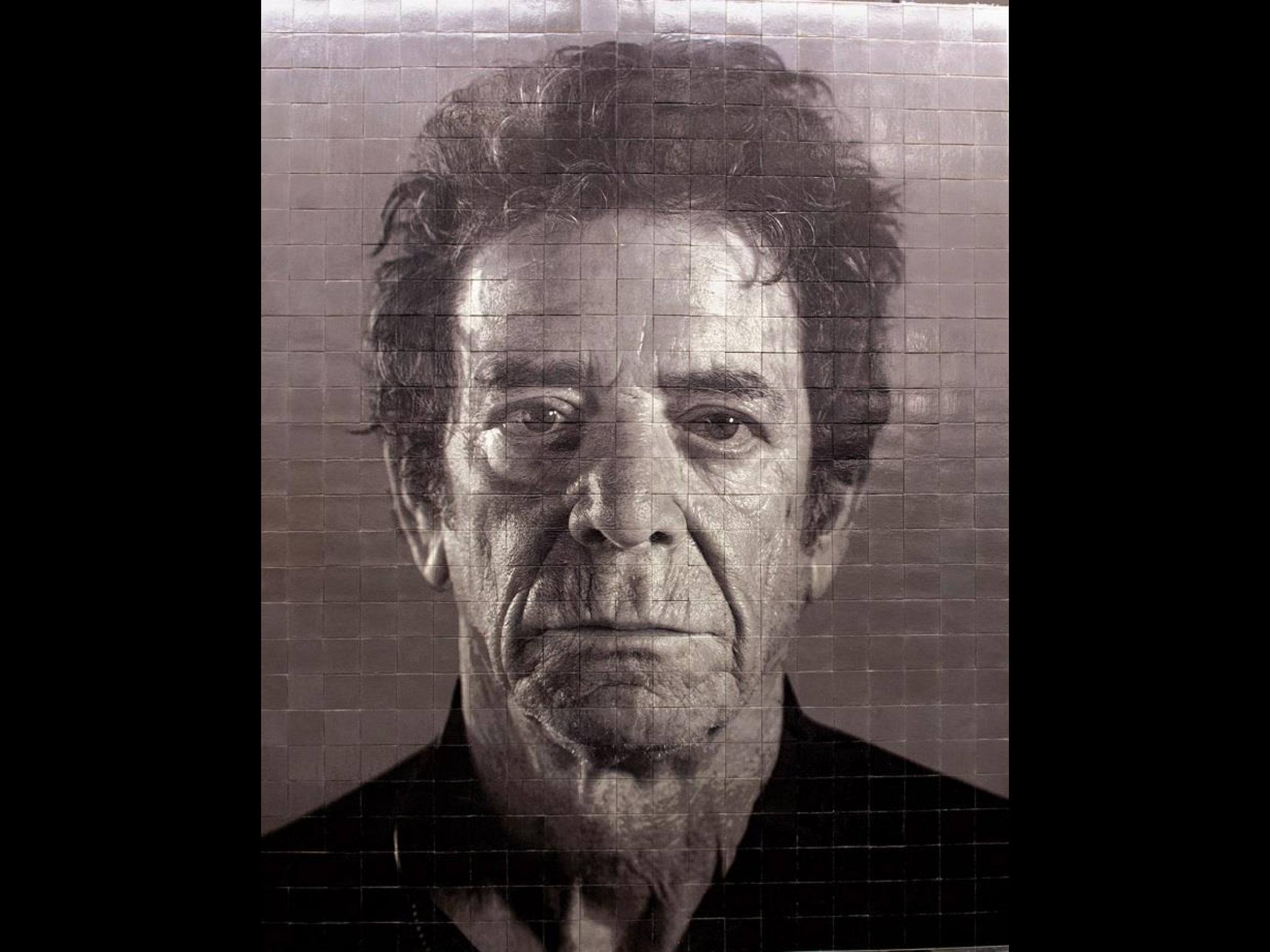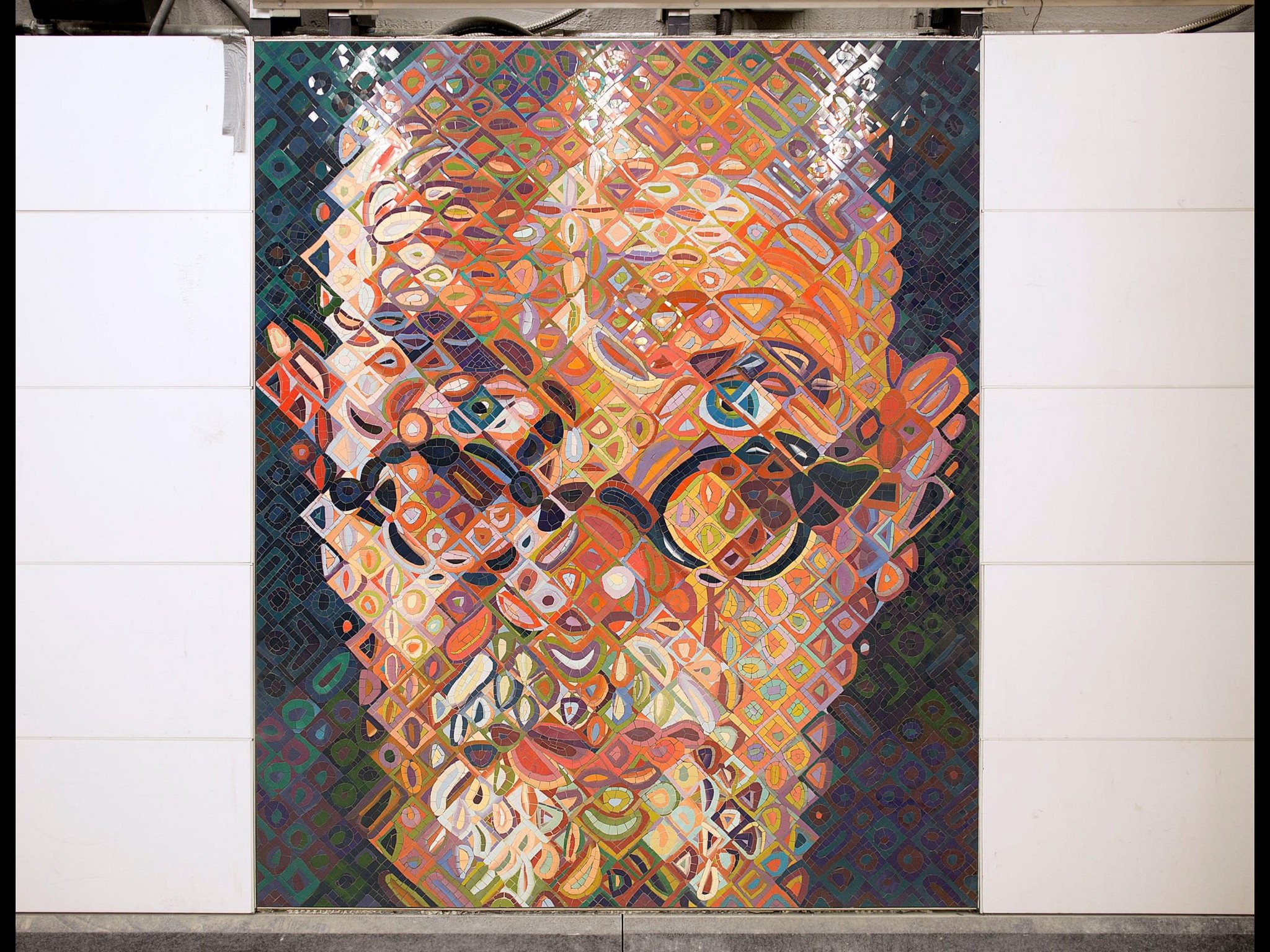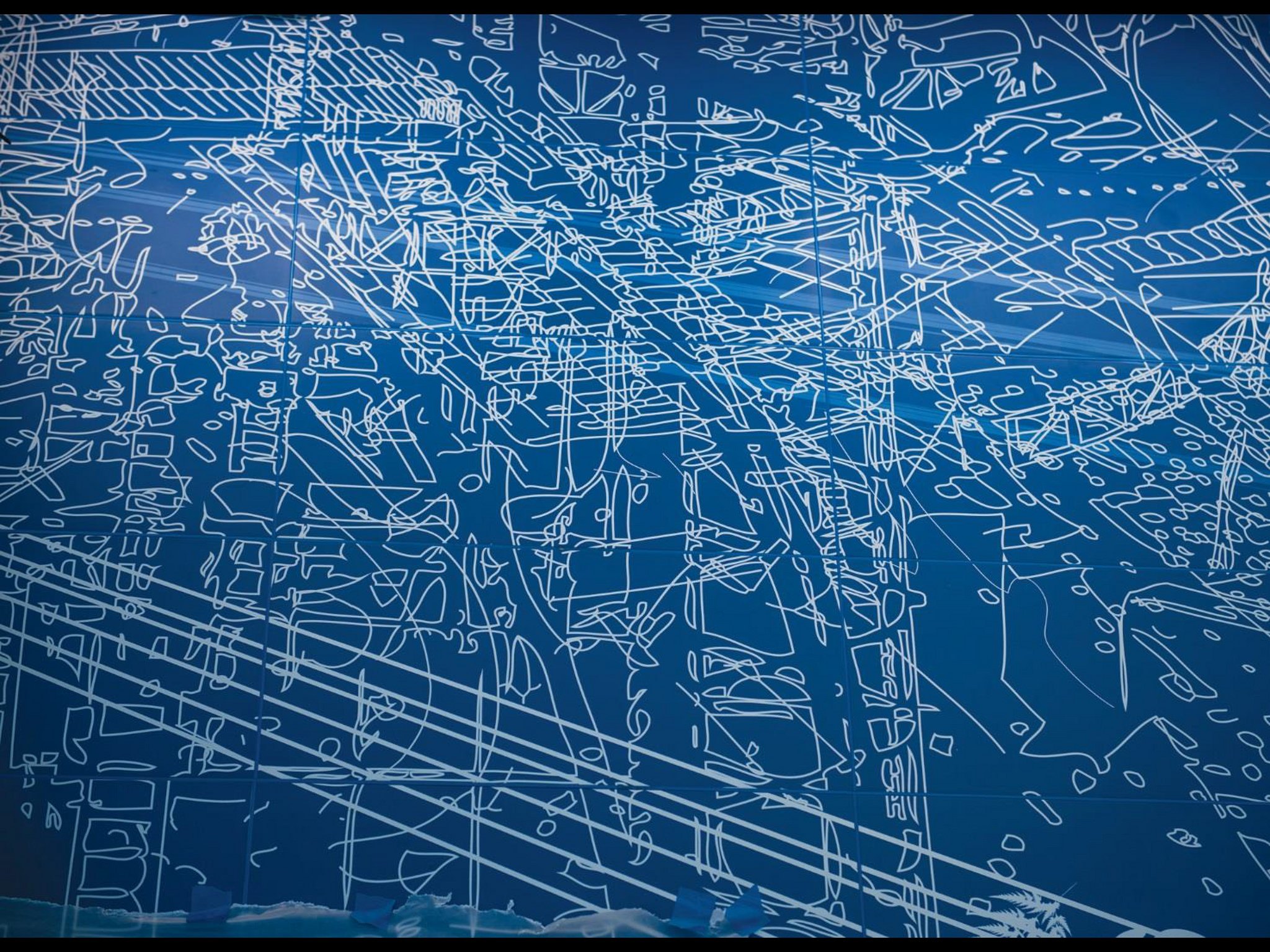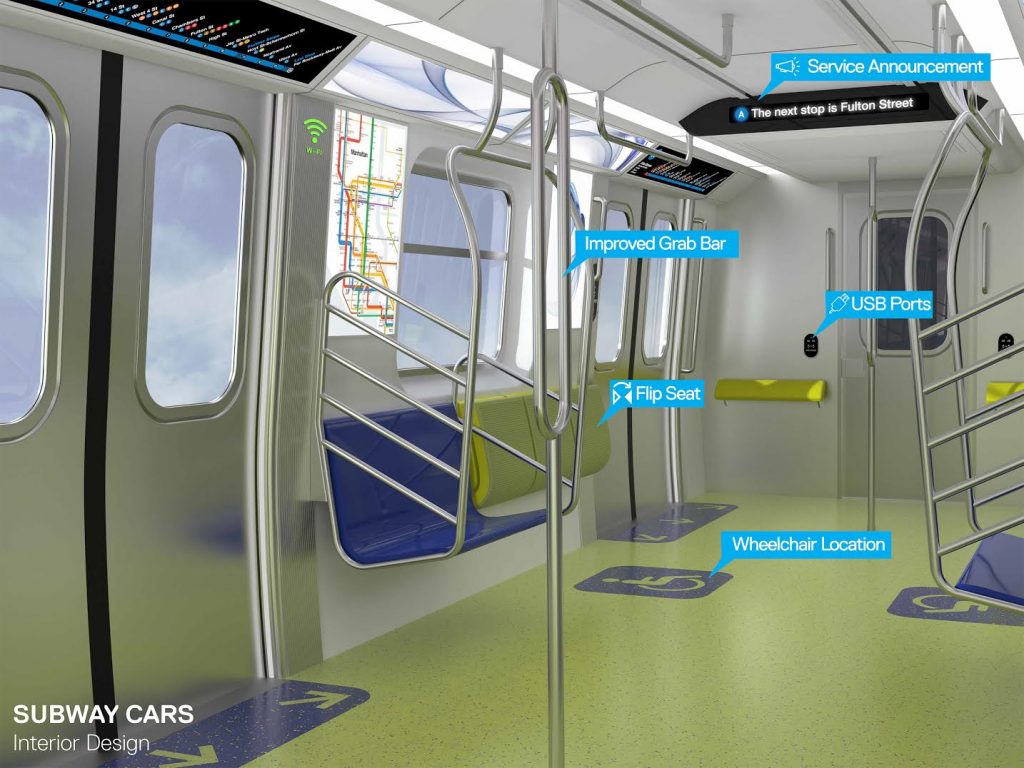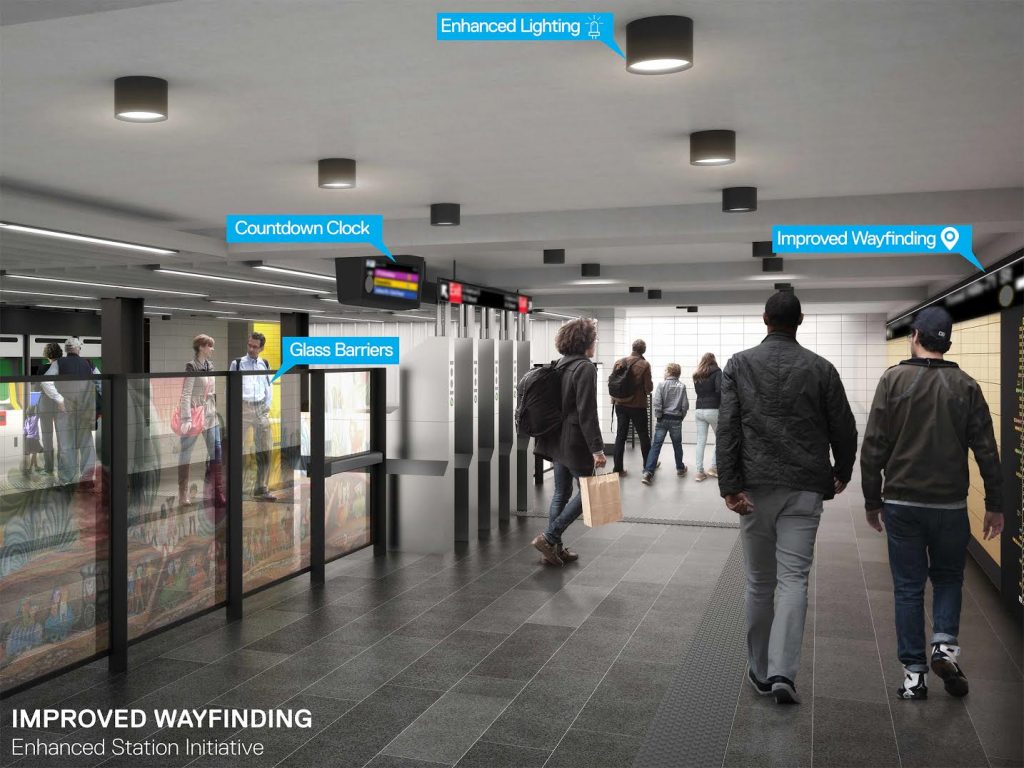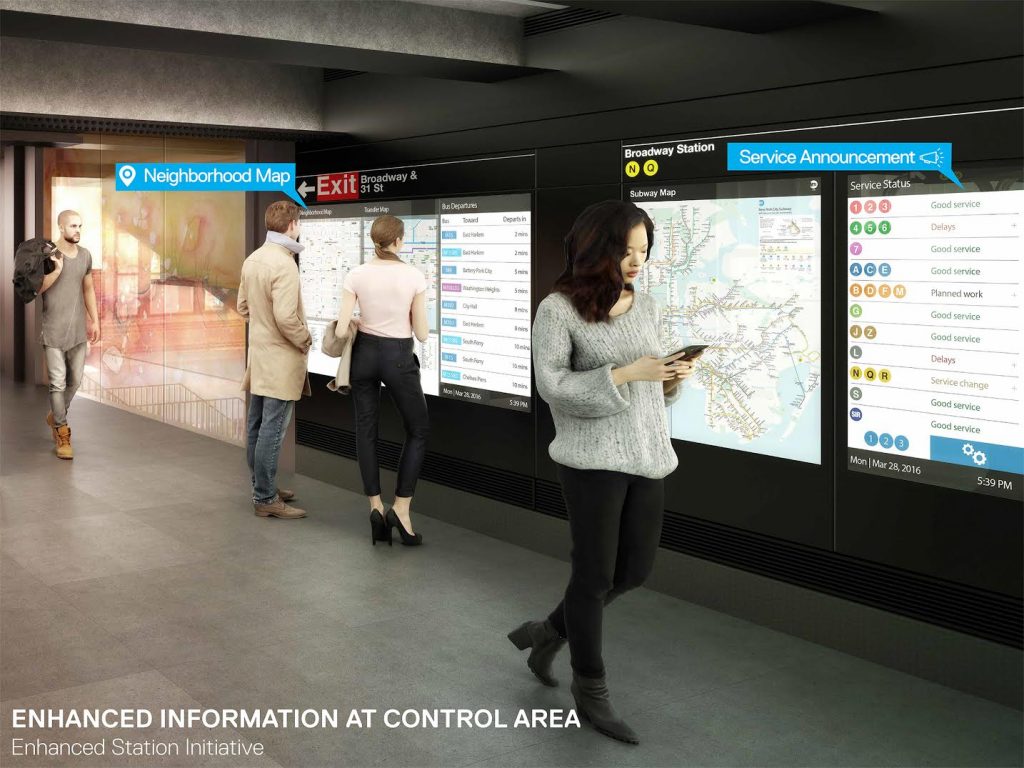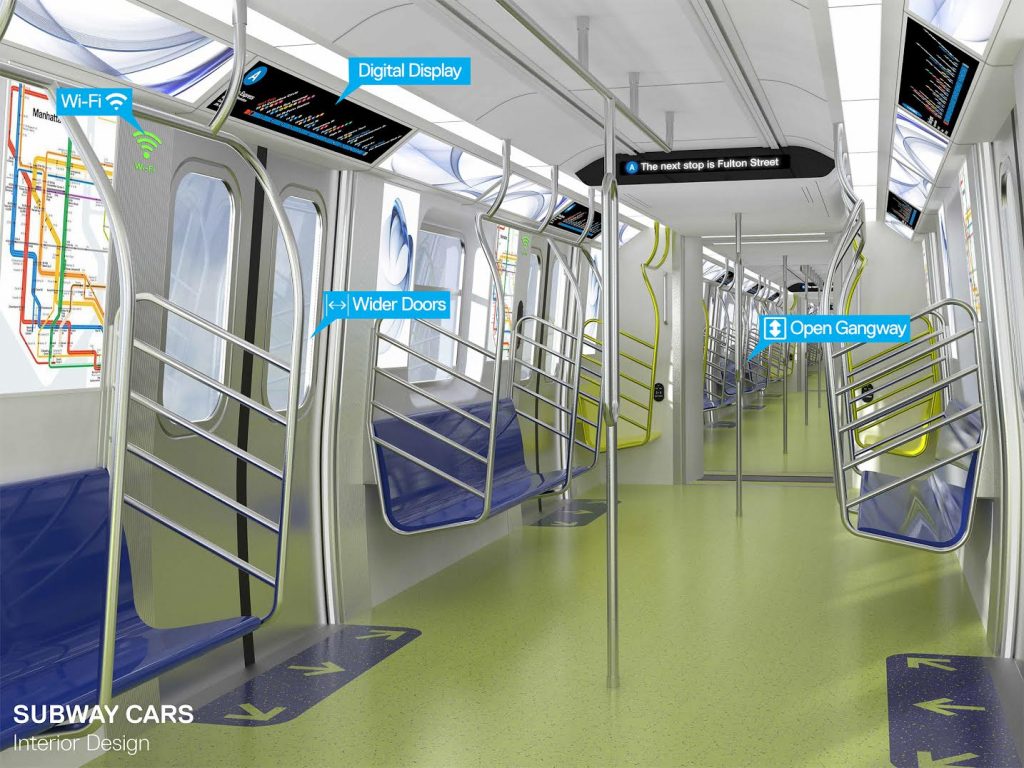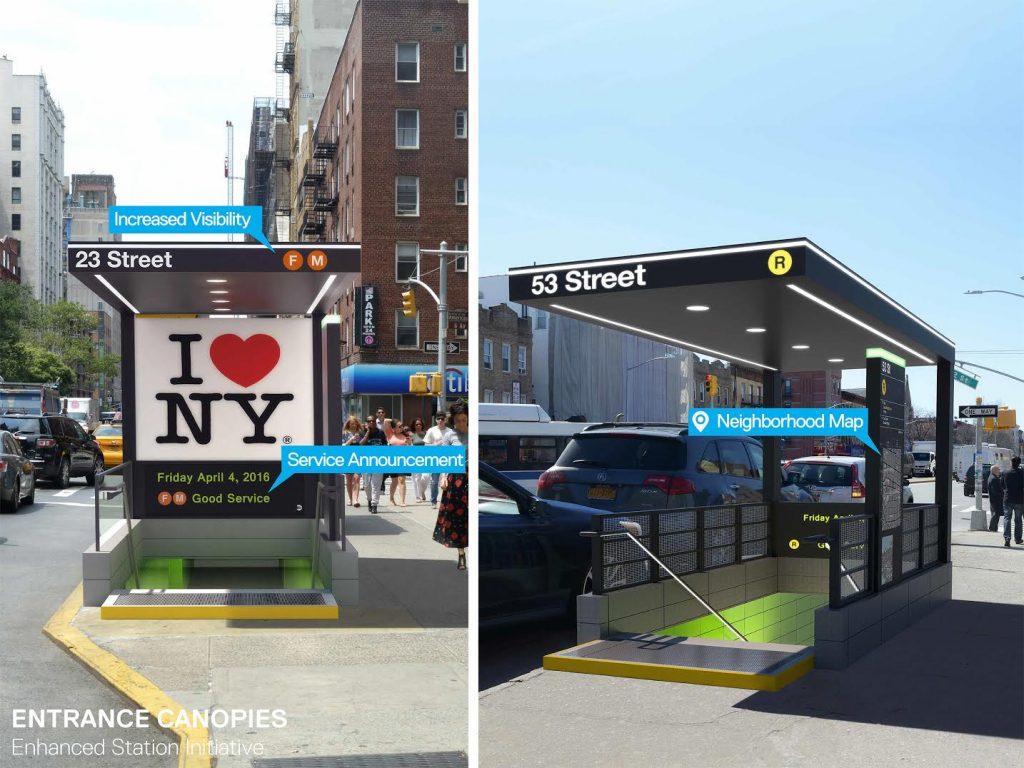The MTA will remove some seats in train cars on the L line and hire thousands of new workers as part of its vast, $836 million short-term plan to improve New York City’s failing subway system.
MTA chairman Joe Lhota unveiled the agency’s highly anticipated plan on Tuesday at MTA headquarters, promising more than 30 short-term projects to, in part, accelerate the repair of the MTA’s ancient signal system; overhaul its fleet of cars; and redevelop a strategy for communicating with passengers.
“There is no doubt that ... we are failing our customers,” Lhota said. “We’re having a record number of customers. We also have ancient infrastructure, combined with a lack of capital investment over the long haul. ... These three issues alone are the reasons why the subway system is failing its customers.”
Following the lead of other cities, like Boston, the MTA will begin a pilot program to remove seats from “some” cars of the 42nd Street Shuttle and L train, the latter of which has experienced a rapid growth in ridership due to the development around the line in Brooklyn, according to Lhota. The chairman estimated that removing seats will increase capacity by 25 riders per car.
Where possible, the agency will also be adding cars to traditionally shorter trains, like the C, to boost capacity as well.
“We need to find a way to get more people off the platform and into the subway cars,” Lhota said, noting that the seat removal pilot won’t start in the coming days or weeks. “We want to test it and we want to understand the best way to reconfigure our cars.”
Delays in the subway system have soared by about 200 percent in the past five years. The MTA’s short-term plan involves five core components — track and signal maintenance, car reliability, subway safety and cleanliness, customer communication and creating a critical management group — that together aim to address 79 percent of the major incidents that lead to delays.
That involves the hiring of 2,700 new workers to ramp up maintenance of tracks and train cars and improve response times to minor infrastructure breakdowns and incidents like sick passengers.
Here are the highlights from the MTA's short-term plan:
- The plan will start immediately and customers should see improvements within the year.
- 2,700 new workers will be hired to facilitate the execution of the MTA's plan.
- A new public, online dashboard will be set up so that riders can track subway improvements.
- "Raising fares is not an option" to pay for the plan, Lhota said.
- To offset overcrowding, cars will be added to trains on lines where platforms are long enough, like the C. Each additional car can hold about 145 more passengers.
- The MTA will launch the seat removal pilot program on some L trains and 42nd Street Shuttle trains, which Lhota said would add 25 riders per car.
- To reduce breakdowns, the MTA will move to a new "seamless track." Only 50 percent of the system is currently using this type of track, Lhota said.
- The plan aims to cut incident response times from the current 45 minutes down to 15 minutes.
- A dedicated team will execute an expedited repair program that will fix 1,300 signals that were determined to be the most problematic by the end of 2018.
- The MTA will launch an emergency Water Management Initiative. Special teams will seal leaks, clean 40,000 street grates and eliminate debris clogging drains.
- Crews will clean the entire underground portion of the subway system to remove debris, reducing fire hazards.
- Track repairs will be expedited using 31 specialized teams to target places with the highest incidents of issues.
- An "aggressive" public awareness campaign will aim to educate riders on the consequences of littering, which can result in a fine as well as delaying trains.
- To reduce sick passenger delays, Lhota wants to add seven station EMTs, bringing the total up from five to 12.
- The MTA will revise communication protocols in order to provide clearer, more timely information to customers. Part of this plan will include an "overhaul" of digital platforms so they offer more personalized information on service changes.
News of the plan reignited the long-standing feud between Mayor Bill de Blasio and Gov. Andrew Cuomo and the MTA, a state agency, over financial support. Lhota and Cuomo have pressured de Blasio to split the $836 million price tag — a mix of new capital and operating funds — but the mayor has insisted that he would not give the MTA more city dollars until the agency spent its money more wisely.
The state has already pledged $8.3 billion toward the MTA’s five-year, $32 billion capital plan, while the city has offered $2.5 billion. De Blasio insists that the agency must do a better job prioritizing spending on subways and buses, which account for 88.8 percent of MTA riders.
“The MTA has to spend the money it (already) has effectively, efficiently and on a real schedule,” he said at an evening news conference on Tuesday, adding that money the state siphoned off for bridge light shows should be returned “immediately” to the agency’s budget. “The MTA has a huge amount of funding that is not being used effectively.”
Advocates are torn on who should foot the bill for the subway turnaround plan. John Raskin, the executive director of the Riders Alliance, said that since Cuomo oversees the MTA, he should provide the necessary funding or seek the money through new taxes or fees that could be instituted through the State Legislature.
Gene Russianoff, the chief spokesman for the NYPIRG Straphangers Campaign, said that, though governors are traditionally on the hook for the MTA, the subway’s service crisis makes matters “complicated.”
“It’s an inconvenient truth for Governor Cuomo,” said Russianoff, who was at MTA headquarters for the plan’s unveiling. “But it’s not unreasonable for a governor to say, ‘Look, in this crisis, let’s do this ... let’s get these programs out and then we’ll work things out long-term through the whole system.’ ”
The fight over funding goes without addressing the long-term second phase of the MTA’s subway improvement plan, which would be an $8 billion effort to more quickly modernize trains and signals.
Along with changing the culture within the agency, Lhota’s short-term plan calls for completely “transforming” how the MTA communicates with its riders. Ultimately, the chairman would like the agency to end the use of recorded announcements like “train traffic ahead” and “police activity,” which are sometimes used inaccurately as blanket excuses for train delays.
“We’re not doing a good job at all on a timely basis, a reliable basis in informing our customer for what they deserve,” Lhota said. “Let’s tell the people. They deserve to know exactly what’s causing the delay.”
Though leaving some wanting for details, advocates and board members agreed that the short-term strategies are proper steps toward improving service and the overall commuter experience.
“I am impressed by what’s been put forth in this plan. These are key quality of life issues that subway riders face,” said Veronica Vanterpool, executive director at the Tri-State Transportation Campaign and MTA board member. “It’s putting forth ideas that everyday users of the system can relate to and identify as real solutions.”



